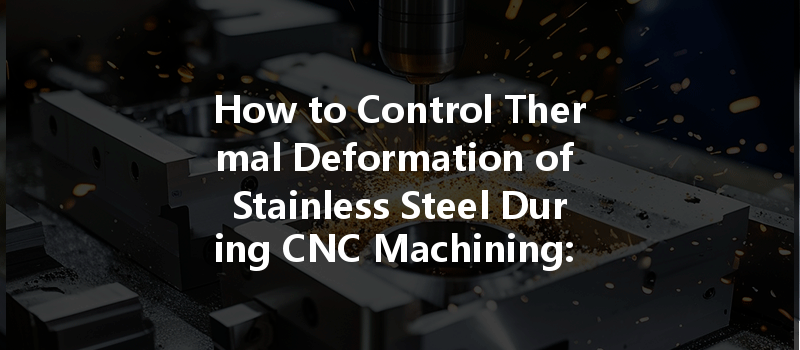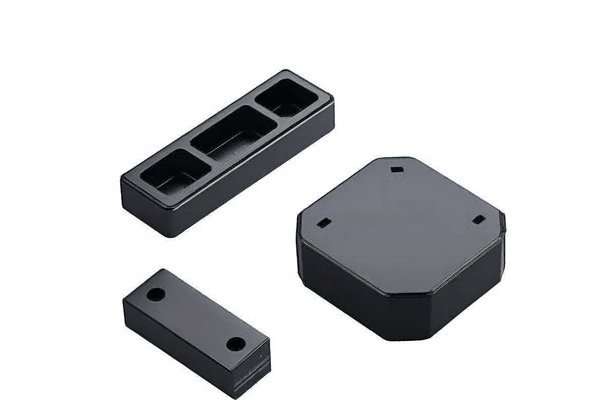Did you know that thermal deformation can account for up to 40% of dimensional inaccuracies during CNC machining operations? This startling statistic highlights the importance of managing temperature fluctuations when working with stainless steel—a material known for its durability but also its challenges during machining processes. For engineers and manufacturers alike, understanding and mitigating thermal deformation is crucial to ensuring high-quality, precise components.
In this comprehensive guide, we will delve deep into the causes and consequences of thermal deformation during CNC machining, particularly with stainless steel. More than that, we will explore how to effectively control thermal expansion and contraction through various techniques and strategies. Let’s embark on this journey to unlock the secrets of precision machining!
Understanding Thermal Deformation
What is Thermal Deformation?
Thermal deformation refers to the changes in shape or size of a material due to temperature variations. When machining stainless steel, the cutting process generates heat, causing the material and the tool to expand. Once the machining process is complete and temperatures normalize, the material may contract and warp, resulting in dimensional inaccuracies.
Causes of Thermal Deformation
Several factors contribute to thermal deformation in CNC machining:
The Impact of Thermal Deformation
Thermal deformation can lead to a range of problems:
Strategies to Control Thermal Deformation
With an understanding of thermal deformation established, let’s explore effective techniques to mitigate these challenges during CNC machining of stainless steel.
Optimizing cutting parameters is one of the most effective ways to control heat generation.
The choice of tooling significantly impacts thermal deformation.

Cooling methods play a vital role in reducing thermal impact during machining.
Implementing temperature monitoring systems can be beneficial in controlling deformation.
Minimizing vibrations can significantly help control thermal deformation.
The stability of the CNC machine is crucial in maintaining consistent temperatures.
Pre-heating stainless steel can minimize the temperature differential during machining.
Post-machining processes can help settle any instability caused by thermal deformation.
Controlling thermal deformation during CNC machining of stainless steel is not just an added technical skill but a critical component of precision manufacturing. By employing optimized cutting parameters, selecting appropriate tooling, implementing effective cooling techniques, and rigorously monitoring thermal dynamics, manufacturers can significantly mitigate the risks associated with thermal deformation.
As we’ve explored, each strategy requires careful consideration and adaptation to specific machining scenarios. Ultimately, the unknown variable of thermal deformation can be transformed into a manageable aspect of production. This not only improves product quality but can also enhance productivity and reduce costs.
For engineers striving for precision, understanding and addressing thermal deformation is imperative. By leveraging the techniques discussed in this blog, you can create high-quality components that meet stringent tolerances and drive your success in the competitive landscape of CNC machining.
Take the time to reflect on these strategies—implementing them could make a substantial difference in your machining processes. The path to precision lies within your grasp; are you ready to take the next step?






